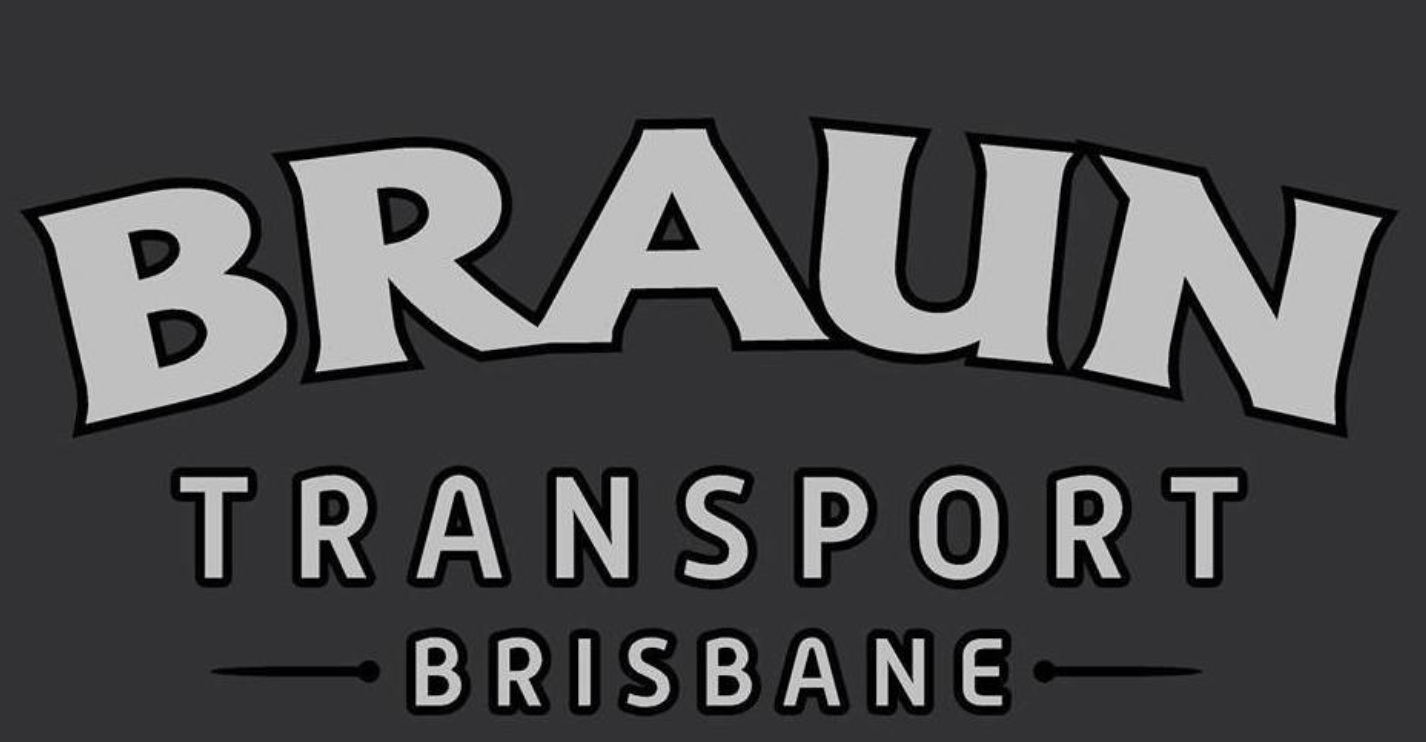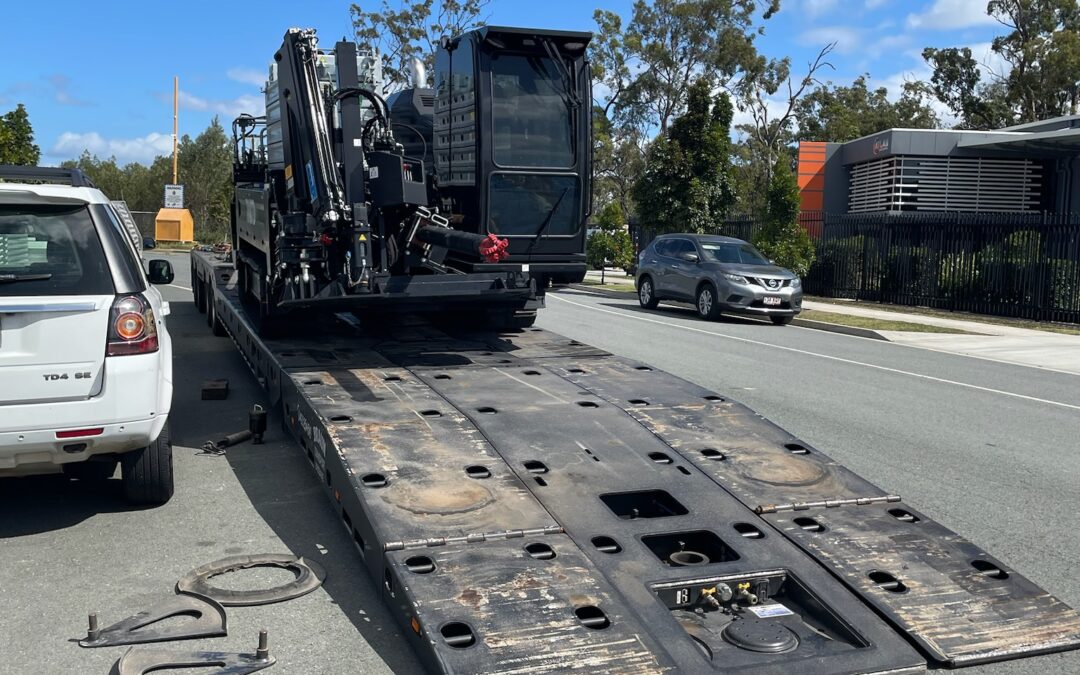Transporting oversized and overweight loads is no simple task. It requires meticulous planning, specialized equipment, and a deep understanding of regulatory requirements to ensure safe and efficient delivery. At Braun Transport Heavy Haulage Pty Ltd , we take pride in our ability to handle these challenging hauls with expertise and precision. Here, we’ll walk you through the process of transporting oversized and overweight loads and showcase how our team rises to the occasion every time.
Step 1: Initial Assessment and Load Analysis
The first step in any heavy haulage operation is a thorough assessment of the load. Our team begins by examining the size, weight, and shape of the item to be transported. This is crucial for determining the best equipment, securing any necessary permits, and planning a safe route.
Key Factors We Consider Include:
– Weight and Dimensions : Understanding the exact size and weight of the load is vital for selecting the right trailer and planning a route.
– Load Characteristics : If the load is unusually shaped or fragile, additional precautions and customizations may be required.
Step 2: Obtaining the Necessary Permits
Transporting oversized or overweight loads requires special permits, as they often exceed standard weight and dimension limits set by regulatory authorities. Braun Transport handles the permit application process on behalf of our clients, ensuring that all legal requirements are met.
Permits May Include:
– Oversize and Overweight Permits : Required for loads that exceed standard size and weight restrictions.
– Escort Vehicle Permits : For particularly large or wide loads, escort vehicles may be necessary to ensure safe transit.
– Road Usage Permits : In some cases, special permits are needed to use certain roads, especially if they are under construction or have weight restrictions.
We work closely with local and national authorities to obtain these permits, allowing for a smooth and compliant transport process.
Step 3: Detailed Route Planning
Careful route planning is essential to avoid any obstacles, such as low bridges, narrow roads, or weight-restricted areas. Our logistics experts at Braun Transport use advanced route planning software to map out the most efficient and safe path for each haul.
Route Planning Considerations Include:
– Road Conditions : We assess the condition of each road along the route to minimize risks and delays.
– Bridge Clearances and Weight Limits : It’s important to ensure that all roads and bridges along the route can safely accommodate the load’s size and weight.
– Traffic Patterns : To avoid congestion, we often schedule transports during off-peak hours. This not only improves efficiency but also reduces risks for other road users.
Step 4: Selecting the Right Equipment
One of the most critical aspects of heavy haulage is choosing the right equipment. Braun Transport Heavy Haulage Pty Ltd has a fleet of specialized trailers and vehicles designed to handle a variety of oversized and overweight loads.
Equipment We Commonly Use:
– Flatbed Trailers: Ideal for tall and wide loads that can’t be accommodated by enclosed trailers.
– Lowboy Trailers : Used for extremely heavy loads, lowboy trailers have a lower deck height, allowing for increased stability and easier loading.
– Extendable Trailers : These trailers can be adjusted to fit particularly long loads, such as construction materials or industrial machinery.
– Multi-Axle Trailers : For the heaviest of hauls, multi-axle trailers distribute weight evenly, ensuring safe and compliant transportation.
Our team carefully selects the equipment for each job based on the load’s characteristics, guaranteeing that it will be secure and stable throughout the journey.
Step 5: Loading, Securing, and Transporting the Load
Once the route is planned and the equipment is ready, it’s time to load and secure the haul. This process involves using cranes, winches, and other specialized equipment to carefully place the load on the trailer.
Our Loading and Securing Procedures:
– Customised Securing Techniques : Each load is different, so we use customized securing methods to prevent movement during transit.
– Rigorous Safety Checks : We conduct thorough inspections to ensure the load is securely fastened and meets all safety regulations.
– Escort Vehicles : For particularly large hauls, we often use escort vehicles to assist with traffic control and ensure the safety of all road users.
During transit, our drivers follow the planned route carefully, maintaining communication with our logistics team and making adjustments as needed. At Braun Transport, our drivers are trained to handle oversized and overweight loads with precision, minimizing risks and delivering your cargo safely.
Step 6: Unloading and Final Inspection
Once we arrive at the destination, our team coordinates with the client to unload the cargo. We take as much care in unloading as we do in transporting, ensuring that the cargo is placed in the designated location safely.
Unloading Process Highlights:
– Careful Positioning : We use cranes and other equipment to position the load exactly where the client needs it.
– Final Inspection : Before completing the job, our team performs a final inspection to ensure the load arrived in the expected condition.
Trust Braun Transport Heavy Haulage Pty Ltd for Your Oversized and Overweight Hauls
Transporting oversized and overweight loads is a complex and demanding task, but it’s what we do best. At **Braun Transport Heavy Haulage Pty Ltd**, we bring years of experience, cutting-edge technology, and a commitment to safety to every job. Whether you’re moving construction materials, industrial equipment, or any other oversized load, you can count on us to get it there safely and efficiently.
Contact us today to learn more about our heavy haulage services or to request a quote for your next oversized haul. With Braun Transport, you’re in good hands!

